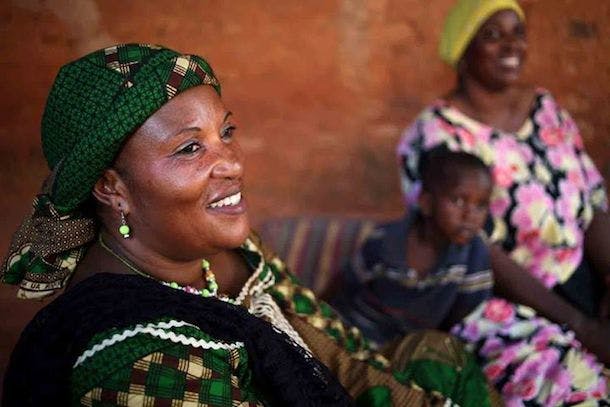
Eleanor Roosevelt once said, “Where, after all, do universal human rights begin? In small places, close to home.” There is no place closer to home than a woman’s sexual and reproductive health and rights.
Yet today, 225 million girls and women who want to delay or avoid becoming pregnant are not using modern contraception, often because they lack access to services and information.
We must do better – both because women have the right to decide whether and when they have children and because family planning is an essential solution to advance the global development agenda, known as the Sustainable Development Goals. When women get the health services and information they need, families are healthier and better educated, and they have better opportunities to climb out of poverty.
In 2012, a global partnership called Family Planning 2020 (FP2020) launched to enable 120 million more girls and women to use contraceptives by the year 2020. The United Nations Foundation hosts this partnership as part of our broader work to support United Nations priorities and empower girls and women.
The FP2020 partnership has laid a strong foundation for progress. FP2020 serves as a platform to bring partners together from across sectors – from government, civil society, philanthropy, and more – to share ideas and lessons, align strategies, and collaborate. The partnership has also done important work in advancing data and analysis on family planning and in making sure that women’s rights are at the heart of our family planning efforts.
This week, FP2020 released its third progress report and here are three key highlights:
- An unprecedented number of women and girls – more than 290 million in the world’s poorest countries – are using modern contraception today. This is an increase of 24.4 million women and girls since FP2020 launched three years ago.
- While we’re making progress, we need to accelerate our efforts to reach our goals. To reach 120 million additional women and girls by 2020 with the family planning services and information they want and deserve, we must step up our collective work. This will require more resources and political will, a focus on reaching adolescents and people living in poverty, and ensuring that women receive quality services, among other steps.
- The global family planning movement is growing, which can help us reach our goal. In the past year, new countries and companies have joined FP2020. Since its launch, the FP2020 partnership has grown to include 36 countries. Additionally, donor governments have increased bilateral funding for family planning by more than 32% since 2012.
FP2020’s goal of enabling 120 million additional women and girls to use modern contraceptives by 2020 – underpinned by human rights principles – is critical to achieving the global goals for sustainable development, from the family-planning-related objectives to those concerning gender equality and the empowerment of women and girls, education, health and nutrition, poverty eradication, combatting climate change, and building a more just and peaceful world.
Now is the time for the international community to come together and pick up the pace of our work so every girl and woman has access to the family planning information and services she needs. It’s the smart thing to do for development, and the right thing to do for women.



 View All Blog Posts
View All Blog Posts